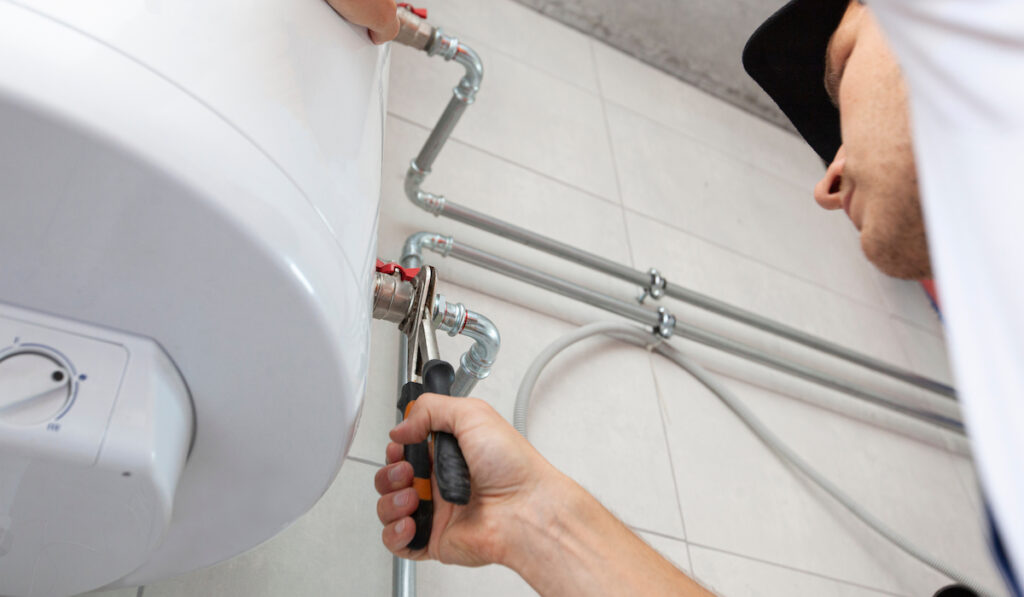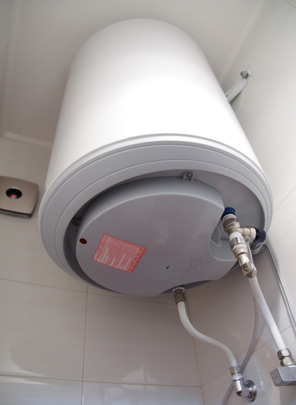Essential Guidance on Caring for Your Home's Hot Water System
Essential Guidance on Caring for Your Home's Hot Water System
Blog Article
Are you currently searching for tips around Tips For Maintaining Your Hot Water Heater?

Warm water is necessary for daily convenience, whether it's for a rejuvenating shower or washing recipes. To ensure your hot water system runs successfully and lasts longer, normal maintenance is key. This write-up supplies practical ideas and understandings on exactly how to preserve your home's hot water system to stay clear of interruptions and costly repair services.
Intro
Keeping your home's hot water system might appear challenging, yet with a few straightforward actions, you can ensure it runs smoothly for several years to find. This overview covers whatever from recognizing your hot water system to DIY upkeep ideas and recognizing when to employ professional aid.
Importance of Keeping Your Hot Water System
Normal maintenance not just extends the life expectancy of your warm water system but additionally ensures it runs efficiently. Ignoring upkeep can result in lowered efficiency, greater energy expenses, and also premature failure of the system.
Indications Your Warm Water System Needs Upkeep
Understanding when your warm water system needs interest can protect against major problems. Look out for indications such as irregular water temperature level, weird noises from the heater, or rustic water.
Recognizing Your Hot Water System
Before diving right into maintenance jobs, it's valuable to recognize the standard components of your warm water system. Generally, this includes the water heater itself, pipelines, anode poles, and temperature level controls.
Month-to-month Upkeep Tasks
Routine regular monthly checks can assist capture small concerns prior to they rise.
Flushing the Water Heater
Flushing your water heater removes sediment buildup, improving efficiency and extending its life.
Checking and Replacing Anode Rods
Anode rods avoid rust inside the storage tank. Examining and replacing them when worn out is critical.
Checking and Adjusting Temperature Level Settings
Readjusting the temperature settings makes certain ideal efficiency and security.
Do It Yourself Tips for Maintenance
You can perform numerous upkeep tasks yourself to maintain your warm water system in leading condition.
Checking for Leaks
Frequently evaluate pipelines and connections for leaks, as these can lead to water damages and higher expenses.
Testing Pressure Relief Valves
Checking the pressure relief valve guarantees it works properly and stops extreme pressure buildup.
Protecting Pipes
Insulating warm water pipelines lowers warmth loss and can save energy.
When to Call a Specialist
While do it yourself maintenance is advantageous, some issues require specialist experience.
Complicated Problems Requiring Specialist Assistance
Instances consist of significant leaks, electric issues, or if your water heater is constantly underperforming.
Routine Professional Upkeep Perks
Professional upkeep can include thorough examinations, tune-ups, and making sure compliance with safety and security requirements.
Final thought
Regular maintenance of your home's warm water system is vital for efficiency, long life, and cost financial savings. By following these pointers and knowing when to look for professional assistance, you can make certain a trustworthy supply of hot water without unanticipated disruptions.
Water Heater Maintenance: The Basics
Maintaining your water heater will ensure it operates efficiently and has a longer lifespan. Neglecting regular maintenance can lead to costly repairs and an even bigger chunk of your savings if you have to replace it sooner than necessary. But there’s good news: Most water heater maintenance tasks are relatively simple and easy for homeowners with basic DIY skills.
Flush the Water Heater
Over time, sediment and minerals can build up in the tank, reducing its efficiency and potentially causing damage. To flush the tank, turn off the power or gas supply, attach a hose to the drain valve near the bottom and open the valve to drain the water until it runs clear. Ideally, flush the tank annually.
Replace the Anode Rod
The anode rod is a sacrificial metal rod that helps prevent corrosion inside the tank. Inspect and replace it every three to five years or per the manufacturer's recommendation. To replace the anode rod, turn off the power or gas supply, drain a few gallons of water from the tank, unscrew the old rod and replace it with a new one. If the anode rod is significantly corroded or covered in calcium buildup, it's a sign the water heater may need to be replaced soon.
Tune-Up
A yearly tune-up can help identify potential issues and ensure your water heater operates at peak efficiency. This typically involves checking the thermostat, burner assembly (for gas heaters) and any other components specified by the manufacturer. During a tune-up, the technician may also clean the burner and adjust the pilot light (for gas heaters) or examine the heating elements (for electric heaters).
How to Maintain Your Water Heater
Insulate the tank. Insulating the tank can improve energy efficiency and reduce heat loss, saving you money on energy bills. You can purchase precut insulation blankets designed specifically for water heaters or use standard fiberglass insulation wrapped securely around the tank. Check the temperature. The recommended water temperature for most households is around 120 degrees Fahrenheit (49 degrees Celsius). Higher temperatures can increase energy costs and potentially cause scalding. Use a kitchen thermometer to check the temperature at the faucet nearest the water heater. Monitor water pressure. Excessive water pressure can strain the water heater and cause leaks or even tank failure. Install a pressure-reducing valve if necessary. The ideal water pressure range is between 60 and 70 PSI (pounds per square inch). Test the temperature and pressure (T&P) relief valve. The T&P relief valve is a safety feature that releases pressure if the tank gets too hot or the pressure builds up too high. Test it annually by lifting the lever and allowing a small amount of water to release. Replace the valve if it doesn't release water or reseal properly. Check for leaks. Regularly inspect the tank, pipes and fittings for leaks or corrosion. Deal with issues promptly to prevent further damage. Even a small leak can lead to significant water damage over time. Consider a tankless water heater. If your traditional tank-style water heater is nearing the end of its lifespan ( typically 10 years), consider replacing it with a tankless water heater. These units heat water on demand, reducing standby energy losses and potentially saving you money on your energy bills. Schedule professional maintenance. While homeowners can perform many water heater maintenance tasks, it's still a good idea to schedule professional maintenance every few years. A plumber or HVAC technician can thoroughly inspect the unit, identify potential issues and ensure it operates safely and efficiently. https://www.homeserve.com/en-us/blog/home-improvement/hot-water-heater-maintanence/

Do you like reading up on Water Heater Maintenance Tips You Can't Afford to Forget? Create feedback further down. We would be happy to hear your thoughts about this article. In hopes to see you back again in the future. Sharing is caring. One never knows, you might be doing someone a favor. I recognize the value of your readership.
Call Today Report this page